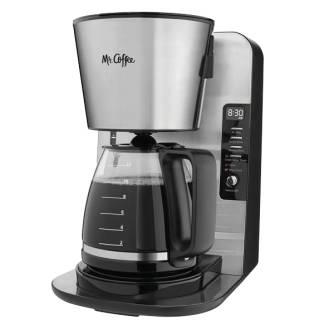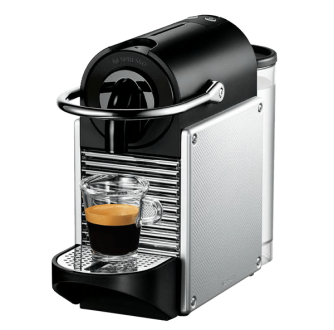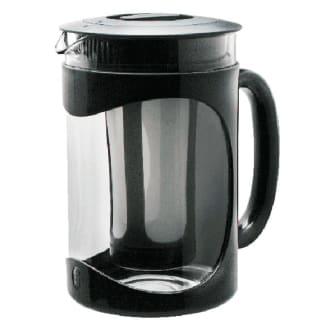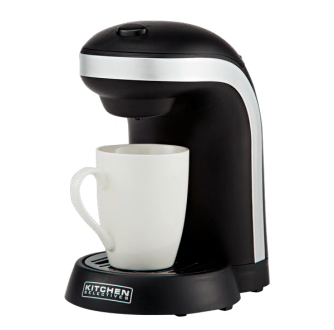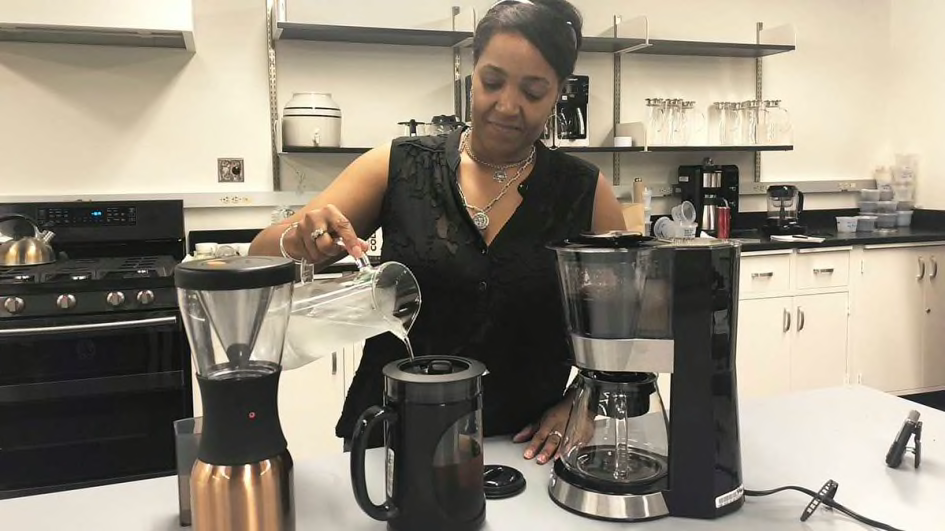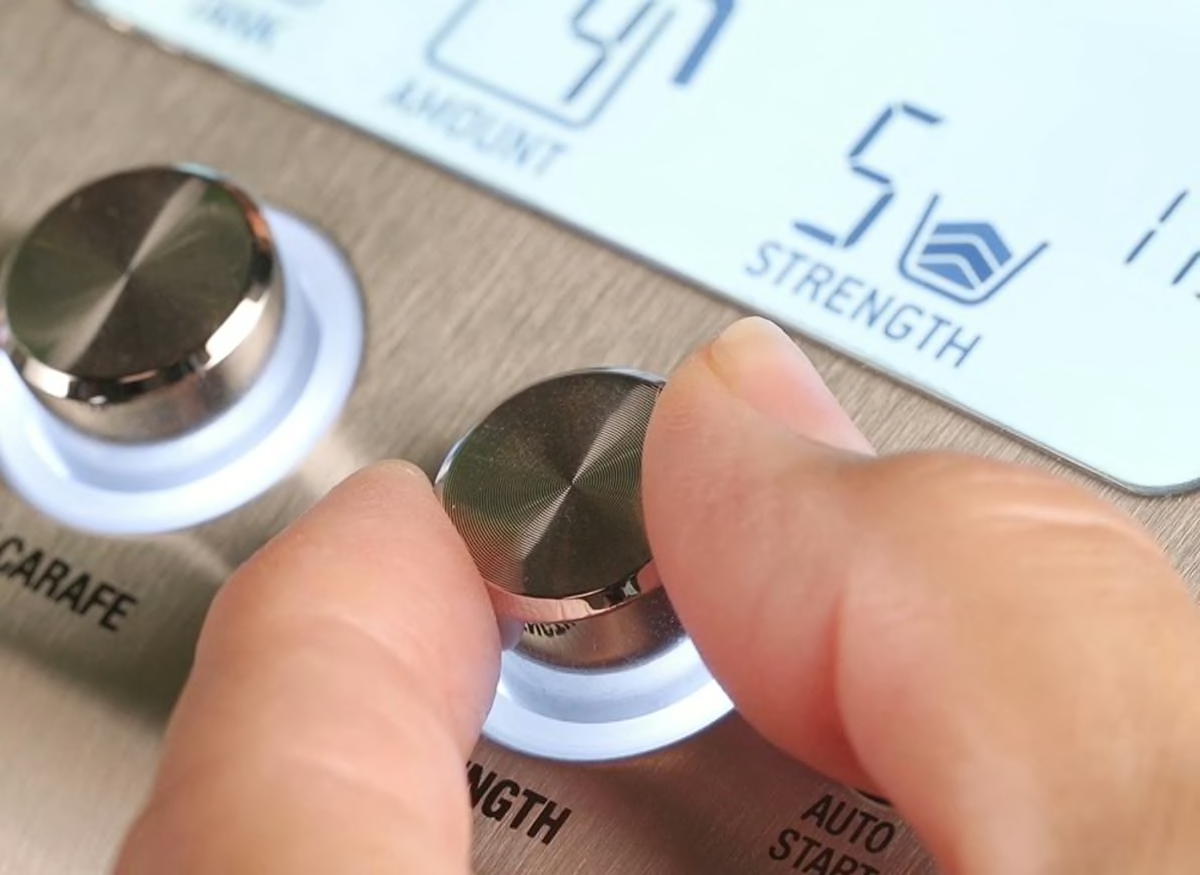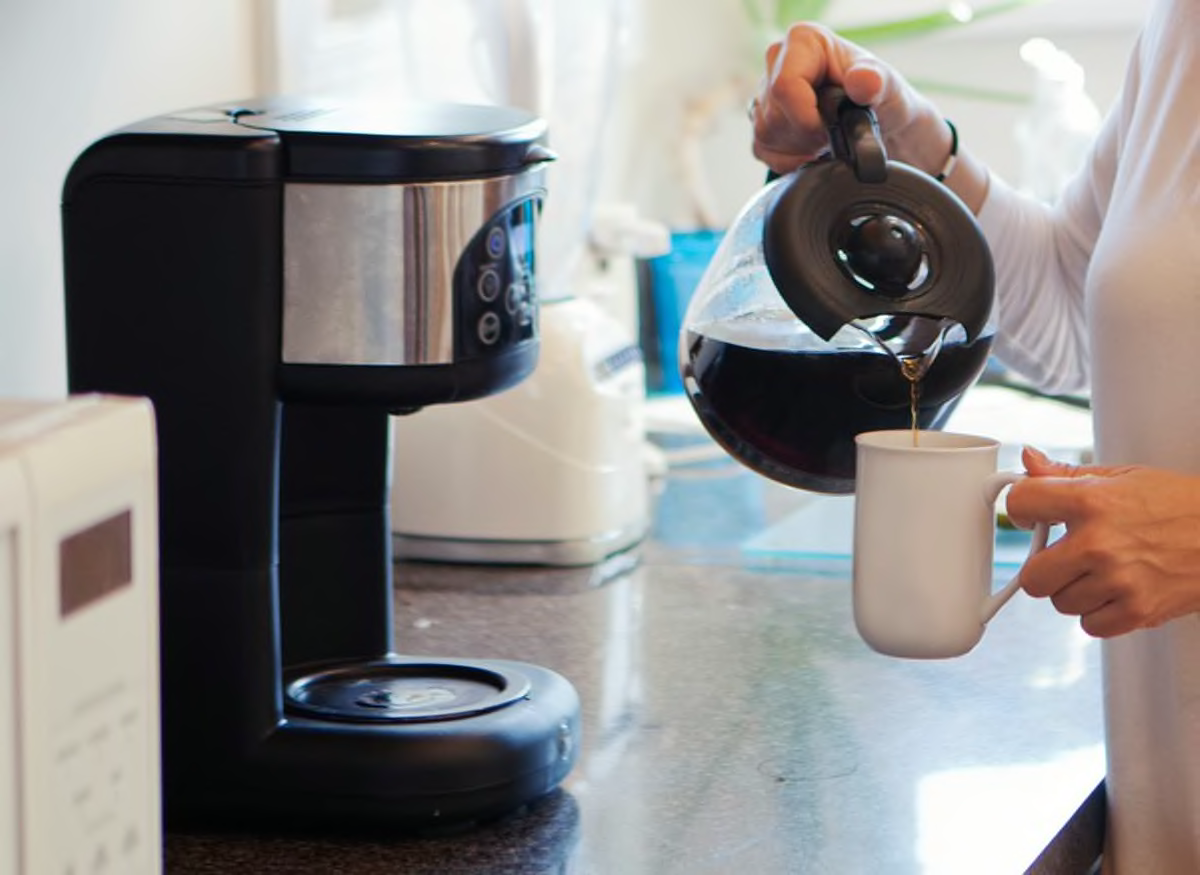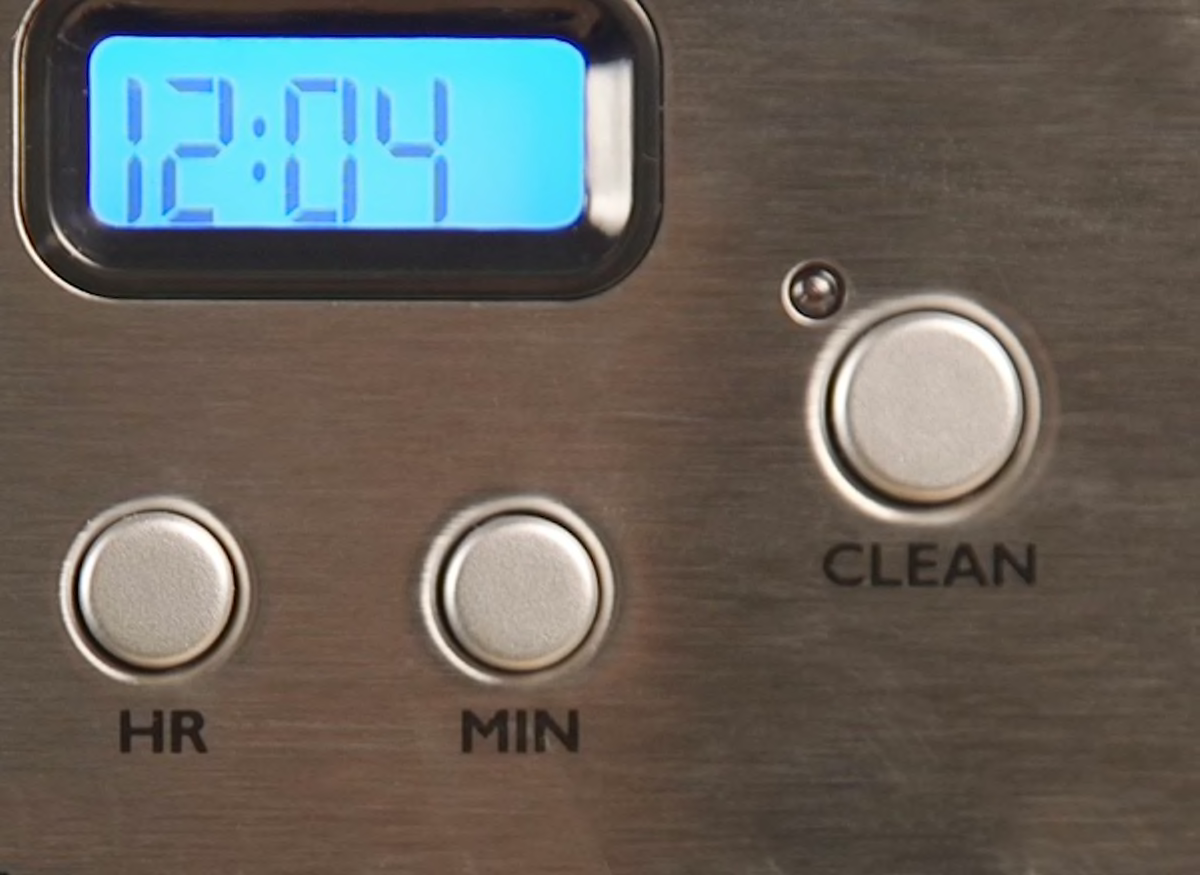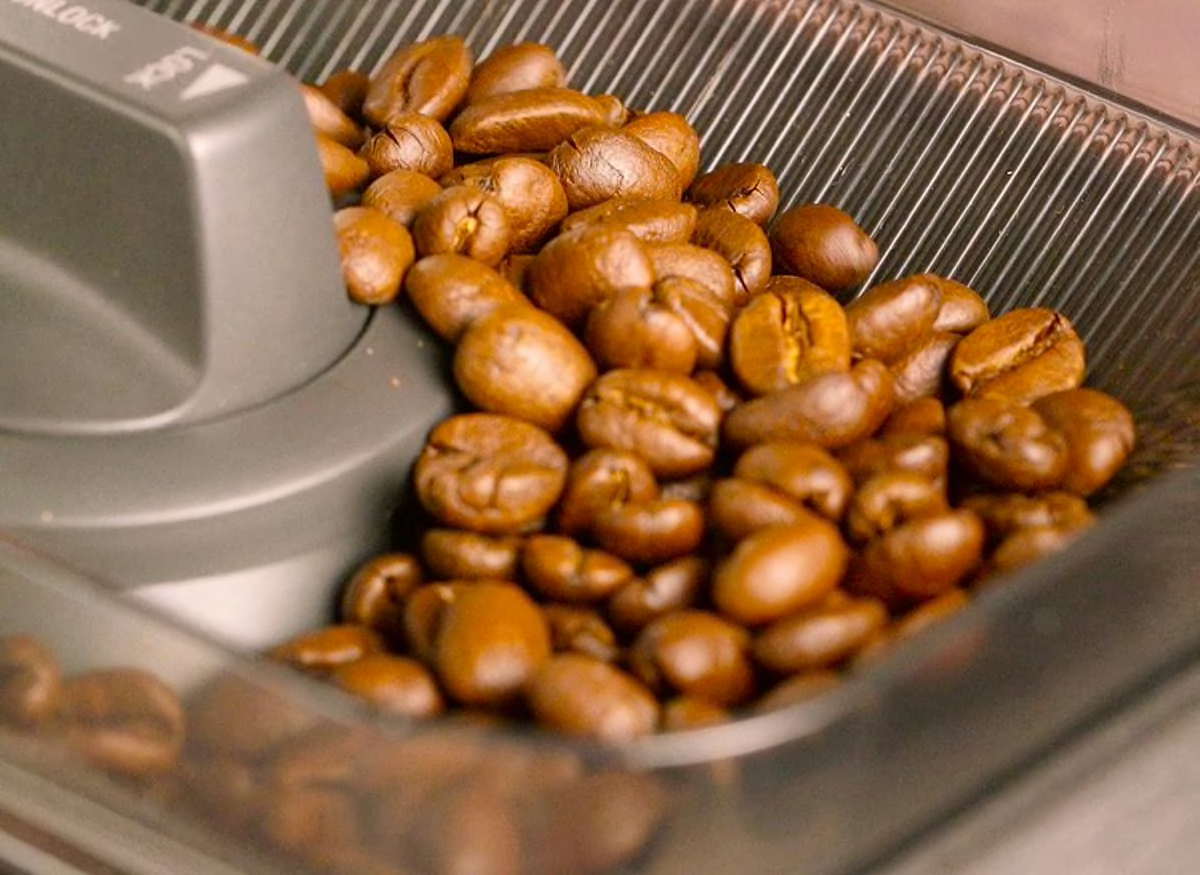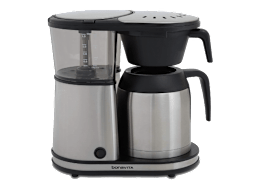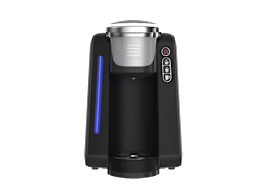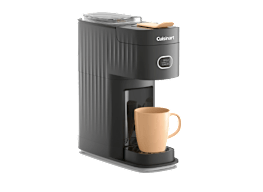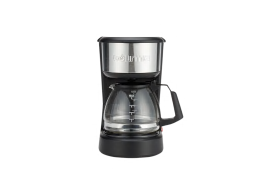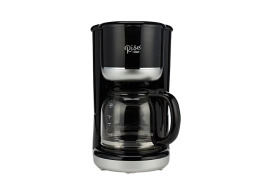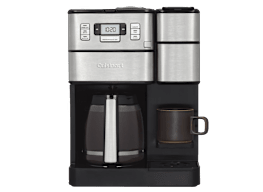Good-quality coffee makers are available for reasonable prices. Extra features will often cost extra money, but you might not need them, depending on how you take your coffee. Ask yourself the following questions before you make a purchase.
How Much Coffee Do You Drink?
A 1- or 2-cup drip model or a single-serve machine may be the right fit for solo drinkers. Want more for yourself or to help more folks wake up? A larger automatic drip machine with a carafe or a self-serve reservoir might be better—most large models brew 10 to 12 cups, although typically a “cup” is really only 5 to 6 ounces, not 8 ounces.
How Often Do You Drink Coffee?
If you space out your coffee drinking throughout the day, consider buying a model with an insulated mug or carafe, designed to help keep coffee hot (or cold) and fresh-tasting for hours. Keep in mind that thermal carafes are not perfect—our testers say they tend to dribble and can sometimes be difficult to handle.
Want to Program Your Coffee Maker?
If filling the coffee machine and turning it on is too much to handle in the morning, consider buying a programmable coffee maker: It can automatically brew a fresh pot by the time you wake up (provided you prep everything for it the night before). Some even shut off automatically.
How Much Space Will Your Coffee Maker Need ?
Take into account the height of the coffee maker, as well as its width and depth. All the coffee machines in CR’s tests can fit beneath upper cabinets. But depending on your cabinets’ placement above the countertop, you still may need to pull the coffee maker out from against the wall in order to fully open the hatch and fill the reservoir.
How Much Do You Like Cold Coffee?
Certain drip and pod models offer “brew over ice” and cold-brew modes, which can whip up a drink in 15 minutes or less. However, these modes—along with automatic cold-brew coffee makers—tend to serve up something that’s more lukewarm than ice-cold. Fans of true cold-brew coffee should consider a manual cold-brew coffee maker. You’ll have to wait 12 to 24 hours, but it’ll deliver a brew that’s genuinely concentrated—and cold.
Will the Coffee Maker Last?
Before you settle on one manufacturer, whether it’s a Cuisinart or a Mr. Coffee, consult our guide to the most reliable coffee maker brands, which uses predicted reliability and owner satisfaction data collected from thousands of CR members to zero in on the most liked and most durable brands.

















